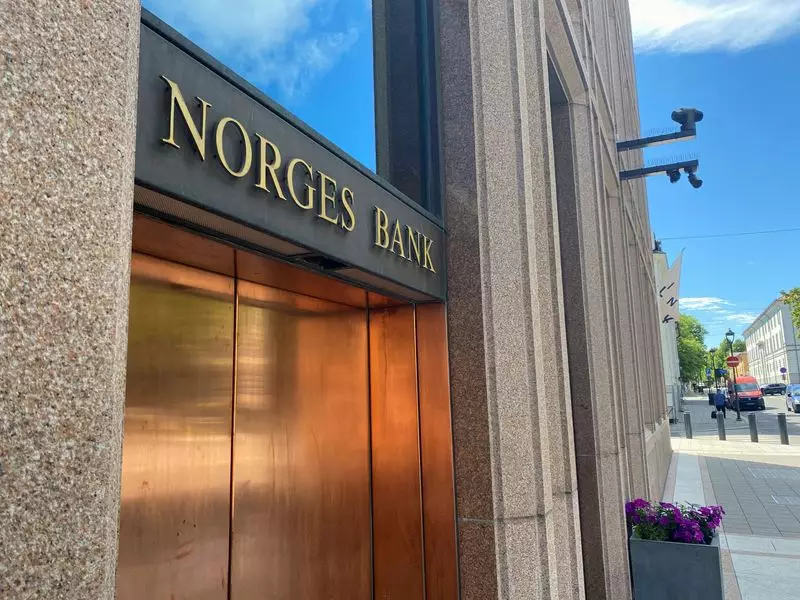In a widely anticipated decision by market analysts, Norway’s central bank, known as Norges Bank, has opted to maintain its policy interest rate at 4.50%. This figure represents a peak not seen in over 16 years and underscores a careful approach to monetary policy amidst shifting economic conditions. According to a Reuters poll, this decision aligned with expectations, as the bank aims to control inflation, which has been on the rise in recent months.
Norges Bank emphasized the necessity of a stern monetary stance to achieve its inflation target within a reasonable timeframe. This commitment reflects a broader strategy to stabilize the economy through restrictive policies, remaining cautious in a climate where many Western central banks have shifted towards a more accommodating stance. For example, counterparts such as the European Central Bank and the U.S. Federal Reserve have embraced rate cuts, functioning under an inverted economic framework compared to Norway.
The strategic divergence between Norges Bank and other prominent central banks is significant, especially in light of recent rate adjustments in Sweden, where the central bank announced a rate reduction of 50 basis points. Such contrasting policies call attention to the unique economic context faced by Norway, which may necessitate sustained restrictions to ensure that inflation rates return to the bank’s target. While Sweden hints at further reductions in the following months, Norway’s outlook suggests a steadfast approach, indicating that rates may remain unchanged until at least the end of 2024.
Norges Bank Governor Ida Wolden Bache reinforced this perspective, indicating that any subsequent meetings would provide further insight into potential shifts in the economic landscape, especially as new data emerges. The decision reflects a thorough assessment of both current market conditions and future expectations, emphasizing the cautious optimism about a potential thaw in economic adversity.
Another vital aspect of the central bank’s announcement is its consideration of currency fluctuations. The Norwegian crown experienced a slight appreciation against the euro following the announcement, moving from 11.81 to 11.79. Such movements can have significant ramifications for inflation, primarily through import prices; a stronger currency can help mitigate inflationary pressures by making imports less costly. Nonetheless, the bank faces challenges as the crown has recently depreciated, potentially eliciting higher consumer prices.
Inflationary dynamics remain complex; although core inflation in Norway has receded from 7.0% to 3.1% year-on-year as of September, it continues to exceed the central bank’s official goal of 2.0%. This persistent gap highlights the nuanced approach required by Norges Bank, which must balance the effects of both external economic pressures and local monetary conditions to achieve its inflation objectives.
Norges Bank’s decision to hold interest rates comes in a period of international monetary variance, where approached policies differ significantly. Their commitment to maintaining a strict stance until more information is available affirms the bank’s diligence in managing the Norwegian economy’s health. As the global landscape evolves, so too will the challenges and strategies facing Norges Bank, but their current trajectory indicates a cautious yet calculated path forward, holding fast in an uncertain economic climate.

